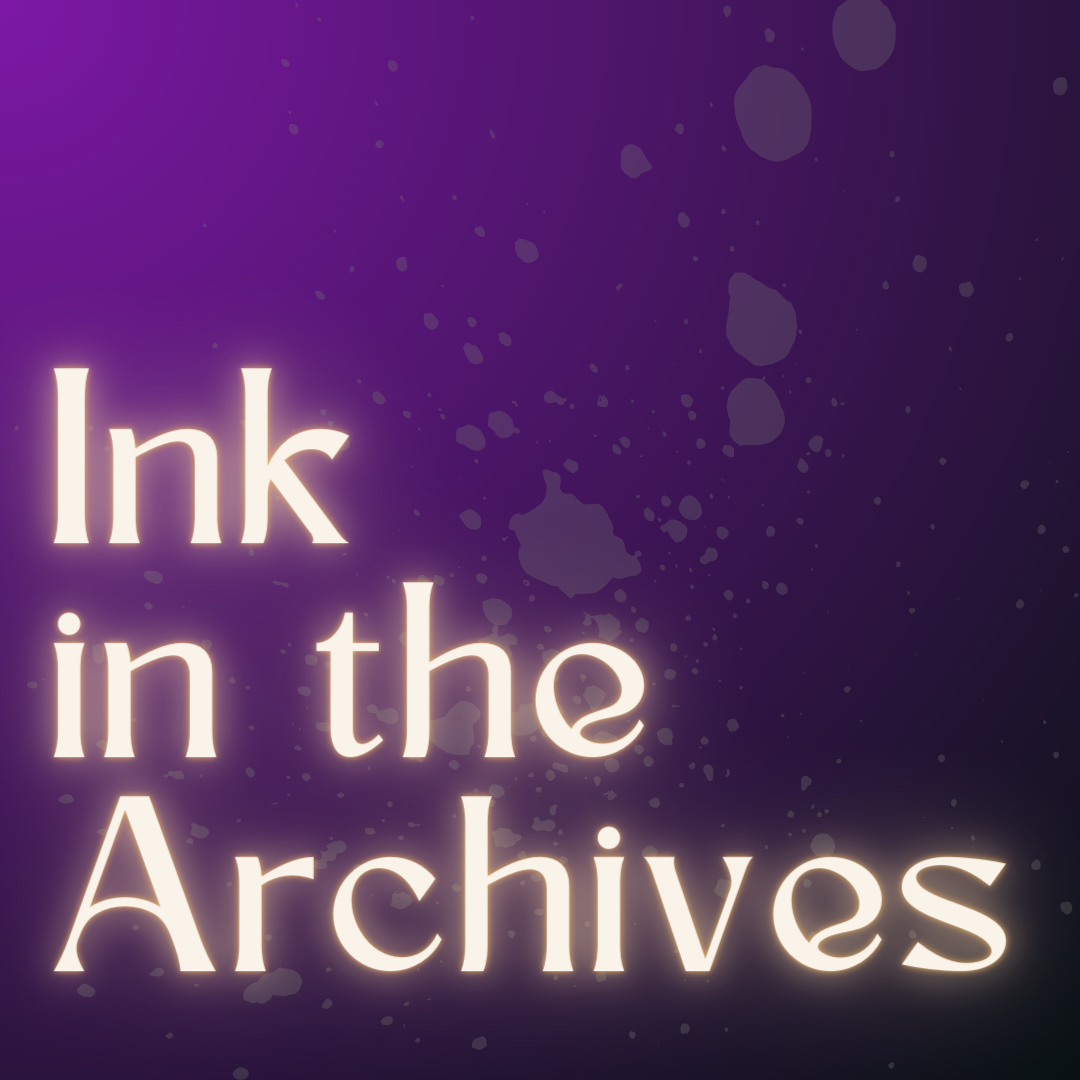-
Let’s Bring Back Beloved!
I’ve just published a new post on Substack about how we refer to our significant others/spouses/partners in conversation and in poetry. Book Updates/ Recommendations: I really loved reading The Great White Bard: How to Love Shakespeare While Talking About Race by Farah Karim-Cooper whose knowledge of Shakespeare performance and staging as well as Shakespearean text…

-
TTT: 10 Books on My Winter TBR list
Top Ten Tuesday is hosted on That Artsy Reader Girl. Be sure to check out her blog for other takes on this week’s topic! If fall is the season for all things cozy, for me winter is a time of reflection and stillness. This is the time of year I most enjoy reading in depth…
-
Reading Through the Stacks: 14. John Brown’s Body by Stephen Vincent Benet – A Civil War epic – Part 1
It took me a solid month (off and on) to finish this book. Normally I can read a book of poetry in a day because they’re usually only about a hundred pages, but this epic novel in verse weighs in at 385 pages. And I know you’re thinking, but Allie, if you can finish one…
-
TTT: 10 Books with Birds on the Cover
Top Ten Tuesday is hosted by That Artsy Reader Girl. Be sure to check out different takes on this week’s freebie topic on her site! * * * We are currently bird sitting for one of my partner’s coworkers. Gizmo is an adorable green-cheeked conure, but goodness birds are so much work! We’ve learned a…
-
Reading Through the Stacks: 13. Let there be plot!
Let’s read through Oakland Public Library’s poetry collection. Taking a break from the 20th century, we’re going to chat about a poetry collection from a famous author, who’s asking a very interesting question within her poems: How many words does it take to tell a story? Margaret Atwood (1939-) is a prolific writer in nearly…
-
TTT: 10 Series I Can’t Wait to Finish and/or Start
Top Ten Tuesday is hosted by That Artsy Reader Girl. Are you the type of person that can finish a series? I am….not generally that person. There are a few series that I love–that I’ve read multiple times, but to be honest those are mostly books that I started as a kid or young adult.…
-
Reading Through the Stacks: 12. Modern Rhymes and Meter
Join me on a tour through the Oakland Public Library’s poetry collection. Today we’re talking about a semi-modern master, Elizabeth Bishop. Since The Complete Poems: 1927-1979 is, well, complete, I didn’t pick up any other collections of her work. And I’ll be doing that throughout this challenge–reading the most complete book where possible. Elizabeth Bishop…
-
TTT: My 10 Favorite Fictional Unlikable Characters
Top Ten Tuesday is hosted by That Artsy Reader Girl. For me, reading is all about the characters. I want them to be interesting. I want them to have chutzpah and gumption and a *teensy* bit of common sense. They need to develop, have interesting viewpoints, be flawed. So actually, I really like the normally…
-
TTT: 10 Slightly Creepy But Not Horrifying Halloween Movies
Top Ten Tuesday is hosted by That Artsy Reader Girl. This week’s prompt was a freebie related to Halloween. I love Halloween. The dress up and magic and witches and candy and caramel apples….so fantastic. One of my favorite things to do around this time of year is watch Halloween appropriate movies. But I’m not…
